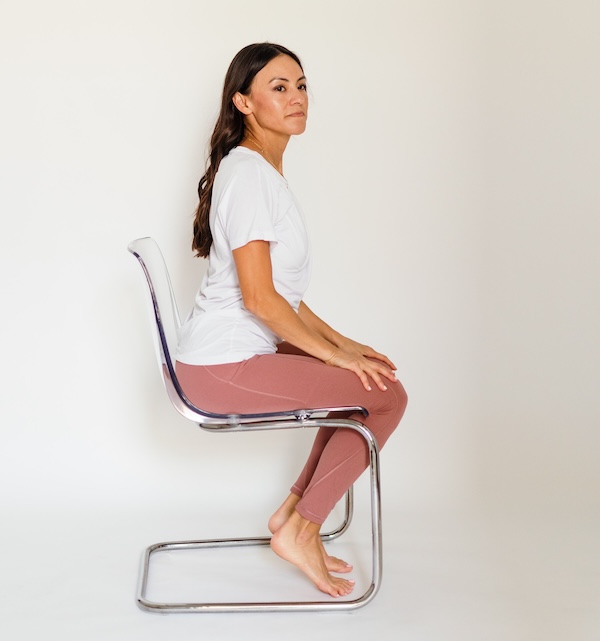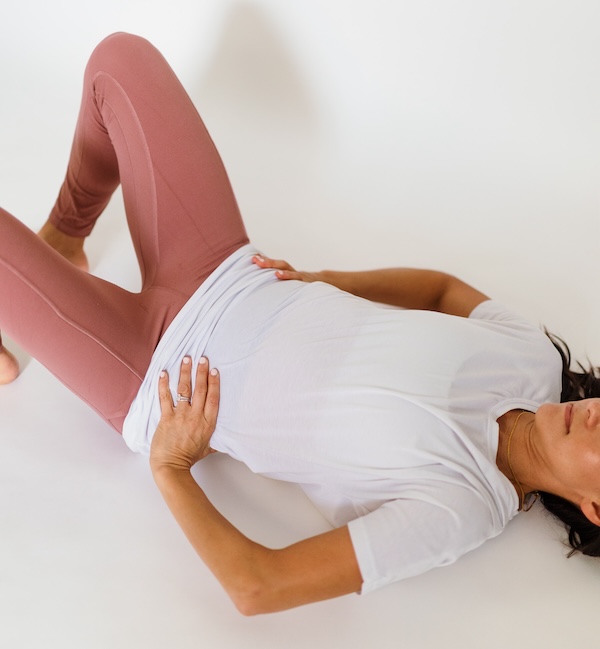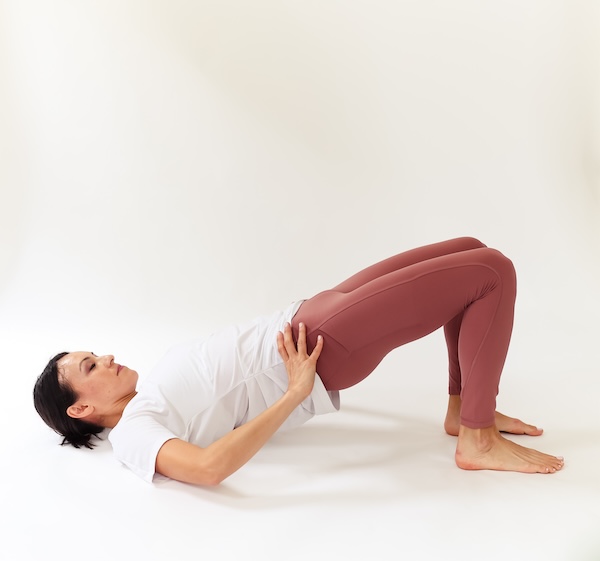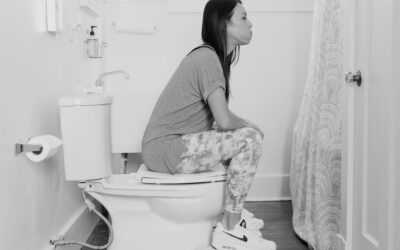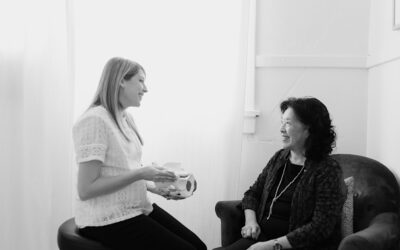If you’re a coffee drinker, you may have a love-hate relationship with the stuff. On the one hand, it can offer a delicious, caffeine-induced productivity boost. On the other hand, it can cause frequent trips to the bathroom.
Let’s discuss how caffeine and pelvic floor dysfunction are linked, and what you can do to manage it.
Why Does Coffee Make Me Pee?
There are a couple reasons you might be increasing bathroom trips after your morning Joe.
The first explanation is that caffeine is a diuretic. Diuretics are chemicals that increase the production of urine. They signal your pituitary gland to stop making the ADH hormone, which instructs your kidneys to stop absorbing so much water. And when your kidneys stop absorbing, you start peeing.
Caffeine is also a bladder irritant. That means it can stimulate the urge to go when you’re not necessarily ready, making bathroom trips more frequent.
The bottom line is, caffeine intake can be a real bladder bummer. And coffee’s not even the worst offender. Carbonated beverages with higher-than-recommended caffeine content–like energy drinks–are your bladder’s worst nightmare.
So, if you need a caffeine fix, straight coffee is preferable to the alternatives. But still try to keep it to a minimum!
Preventing Caffeine and Pelvic Floor Dysfunction
First, let’s address the bladder. There absolutely is a right and wrong way to use the restroom. To get the most out of your #1s, try these tips!
#1 Avoid irritants when you can.
We cannot emphasize this enough. Research suggests decreasing your caffeine intake can positively impact bladder issues. So, cut back on coffee if your urgency is an issue!
You’ll also want to avoid other bladder irritants like alcohol, acidic or spicy foods, artificial sweeteners, and other carbonated beverages for the best results. (Yes, even sparkling water!)
#2 Keep timing in mind.
Don’t pee too soon. But also don’t wait too long. And definitely don’t rush it. The normal frequency to pee is every 2-4 hours during the day and 0-2 times at night.
“Just in case” voiding (going just because it’s a convenient time) actually can contribute to bladder leakage in the long term. It creates a habit of going when you don’t have to, mixing up the signals your bladder is trying to send to the rest of your body!
Waiting too long is also a problem. Holding your pee can overstretch your bladder and make it harder to know when you actually need to go. And if you’re going long periods without needing to pee, chances are good you’re not hydrating enough.
When you do go #1, don’t rush it. Power peeing, pushing, or straining puts pressure on your pelvic floor and core. Over time, this can weaken the pelvic floor and contribute to bladder leakage.
#3 Avoid hovering.
We all know public toilets are gross. But hovering over the toilet seat clenches your pelvic floor and can make it difficult to fully empty your bladder. So, get in prime peeing position! Always sit; avoid hovering if you can.
#4 Address other lifestyle factors.
Eating a nutrient-dense diet, improving your sleep, exercising regularly, decreasing stress, and hydrating well can all help your pelvic floor do its thing. Taking care of your whole body is a great first step toward relieving bladder issues.
Pelvic Floor Strengthening Exercises
Next, let’s talk about pelvic floor dysfunction.
Your pelvic floor is a group of muscles that attach to your pelvis–the ring of bones near the base of your spine. These muscles support your rectum, reproductive organs, and your bladder. Your pelvic floor muscles also help to control the functions of these organs. So, if we’re talking about the bladder, we need to talk about pelvic floor health, too!
Strengthening your pelvic floor can generally help with bladder issues, like frequency, urgency, and leakage. Below are a few exercises to get you started.
Kegels
Kegels are one of the most popular pelvic floor strengthening exercises out there. But they’re really easy to get wrong. Follow these step-by-step instructions to get the most from your movements:
- Get in a sitting position with your pelvic floor muscles relaxed.
- Inhale.
- On your exhale, lift your pelvic floor muscles like you’re sipping up a thick smoothie with your vagina. Be careful not to use your abdomen, thighs, or butt.
- Hold for 3 seconds, then relax.
- Repeat for 10 reps.
Transverse Abdominis (TA) Contractions
Lie flat on your back with your knees bent, feet resting on the floor. Perform a diaphragmatic breath inhalation to prepare.
Exhale, then perform a Kegel as you draw your pelvic floor and lower abdominals inward. Imagine gently drawing your hip bones together to engage your deep core.
Inhale and repeat.
Bridges
Lie on your back with your knees bent and feet flat on the floor. Inhale.
Engage your pelvic floor with a Kegel contraction, then engage your core and pull your belly button in toward your spine.
Push your hips off the floor, aligning them with your knees and shoulders. Hold for 3 breaths. Repeat 5 times.
Take care down there.
Caffeine and pelvic floor dysfunction can be a sign that the pelvic floor isn’t strong enough to support the bladder. But bladder problems could also mean your pelvic floor is too tight!
Whether you need to strengthen, relax, or both, the V-Hive Membership has you covered. Not sure where to start? Try my free quiz here!


